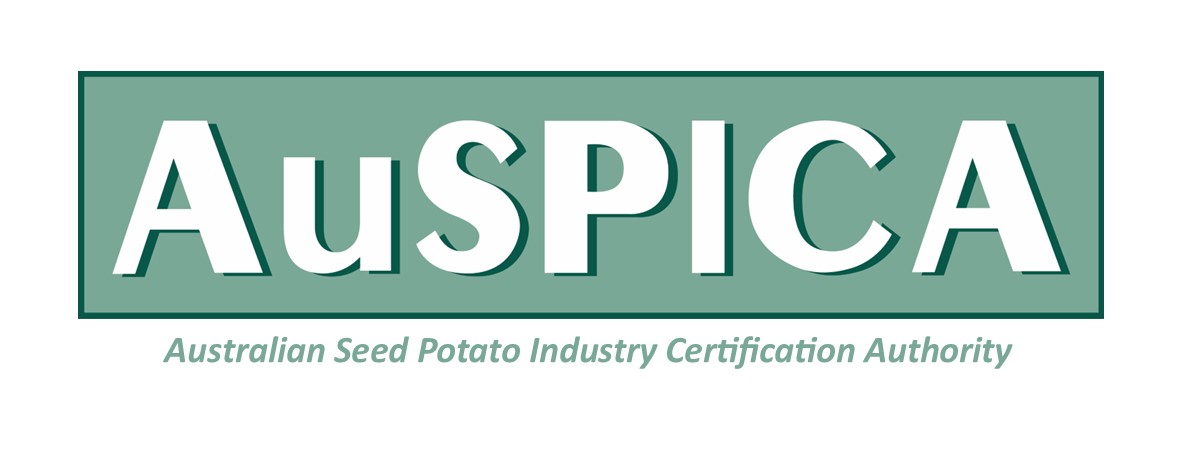Re Update on situation with new blackleg
To address the detection of new symptoms of blackleg, the immediate approach taken by AuSPICA Board was to limit the further spread of this disease complex. Therefore, the decision was made with the underlying hypothesis that the causal pathogens associated with the new blackleg symptoms were relatively new and not widespread. At this time, the response was to maintain a zero tolerance of the so-called new strains of the blackleg pathogens.
During routine crop inspections across the entire AuSPICA Certification Scheme, it was subsequently determined that some of the pathogens associated with “new blackleg symptoms” are well established and widespread in their distribution, in particular Pcb and Pp. Therefore, effective management can only be achieved with set tolerances for these pathogens and as such the AuSPICA Board have set revised tolerances (see detail below).
However, one pathogen Dickeya dianthicola is very limited in its distribution and has only been detected in two lines of seed. Therefore, Dickeya dianthicola can be effectively controlled through zero tolerances within the AuSPICA seed potato certification Scheme.
To date, a total of 5 bacterial pathogens have been laboratory tested and confirmed to be associated with the blackleg symptoms found in the field. The new blackleg pathogens cause disease symptoms that are visually the same and only through laboratory analysis can these be differentiated.
New blackleg symptoms
- Pectobacterium caratovorum subspecies brasiliense (Pcb)
- Pectobacterium parmentieri (Pp)
- Dickeya dianthicola (Dd)
Old blackleg symptoms
- Pectobacterium caratovorum caratovorum (old blackleg/soft rot) (Pcc)
- Pectobacterium atrosepticum (old blackleg) (Pa)
With the surveillance data at hand, the AuSPICA Board has reviewed the blackleg situation and made changes to the Conditions of the AuSPICA Scheme to assist in the management of blackleg into the future. This will continue to be reviewed as required to ensure that appropriate action is taken.
When new blackleg symptoms are detected in a crop, laboratory analysis will determine if the casual pathogen is Dickeya dianthicola, Pcb or Pp. If it is determined the crop is affected by Dickeya dianthicola the AuSPICA board has adopted a zero tolerance, meaning any detection of Dickeya dianthicola will make the crop ineligible for certification. This notwithstanding the use of the green label for uncertified potatoes. All the other species associated with blackleg that are found to be Pcb, Pp, Pcc, Pa will be permitted the under tolerances as revised below.
| Field rating | Label | Previous Blackleg tolerance % | Revised Blackleg tolerance % |
| 1 | Black | 0.01 | 0.01 |
| 2 | Black | 0.1 | 0.1 |
| 3 | Red | 2 | 1 |
| 4 | Blue | 2 | 2 |
So that all parties have clear and transparent information, if blackleg has been found in a seed crop, AuSPICA has developed an official letter informing the buyer and grower of the associated pathogens involved and the crops certification status.
More information about the blackleg is available here.

